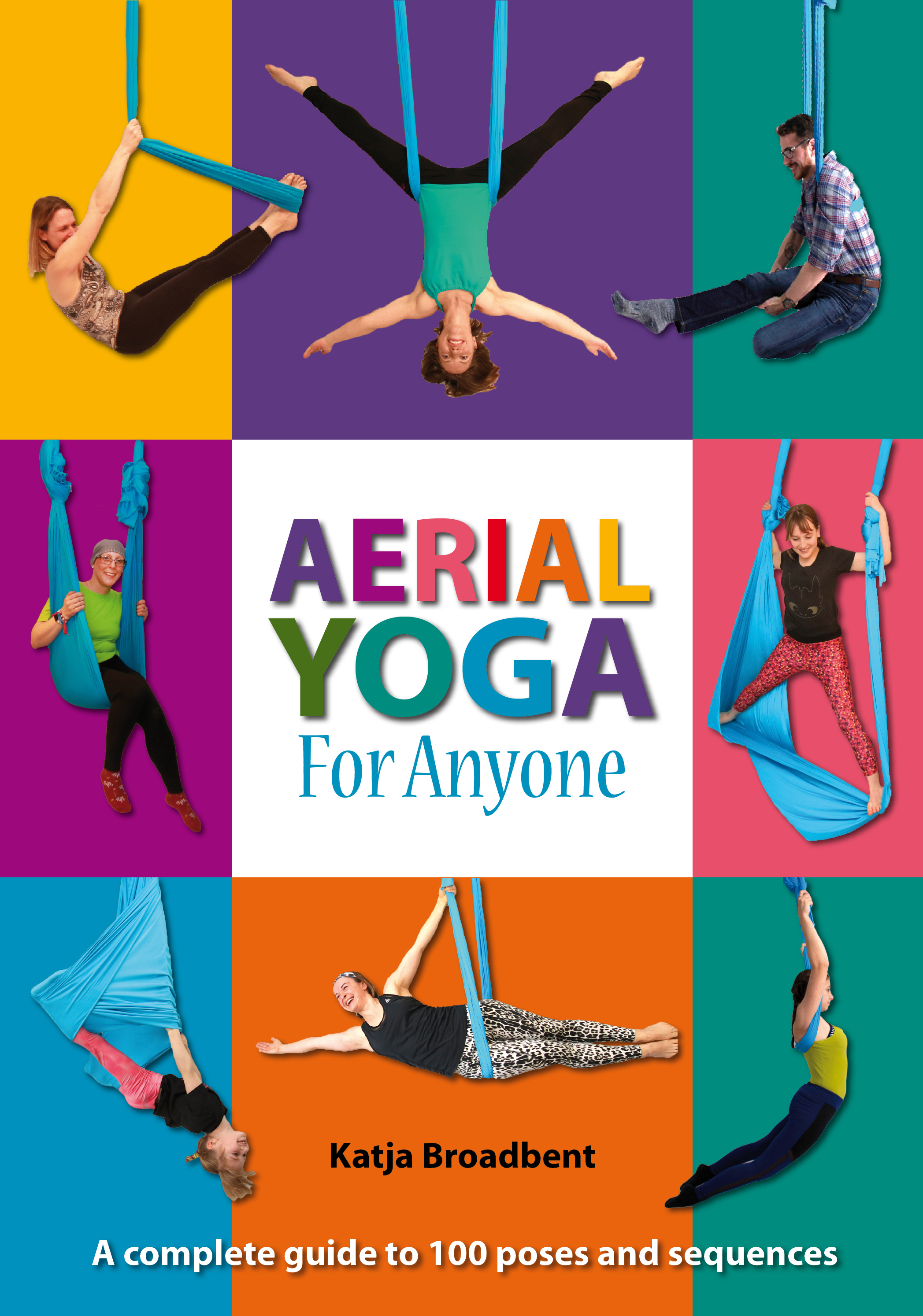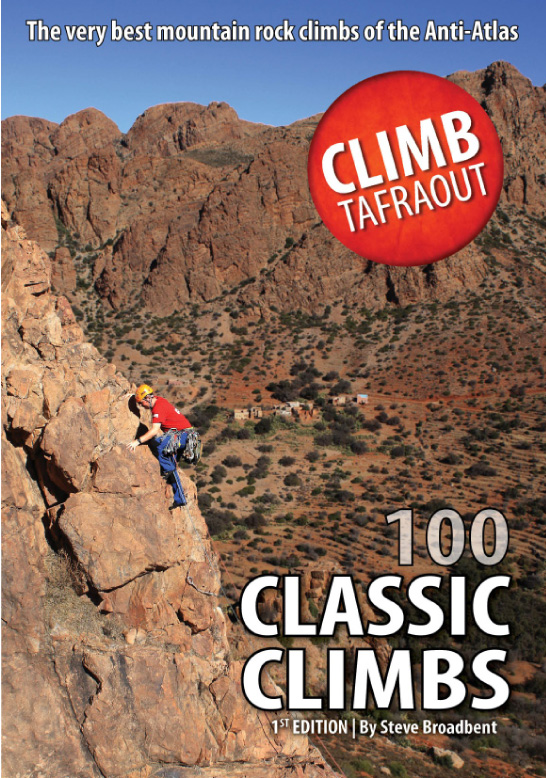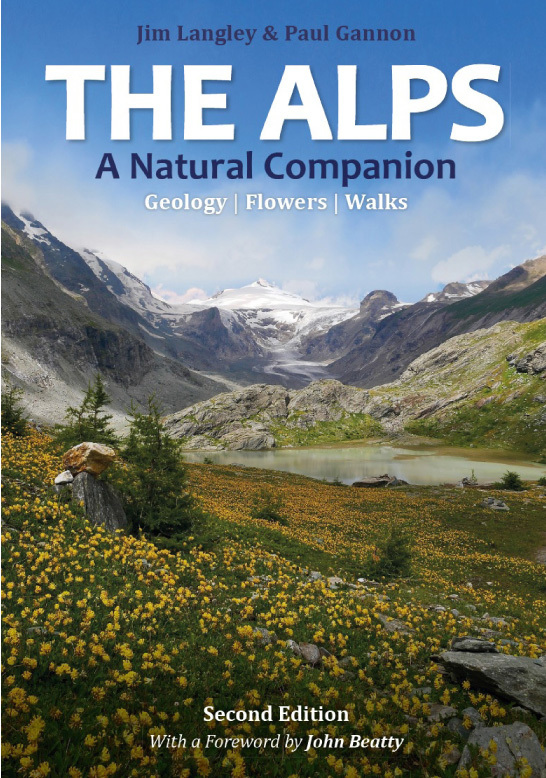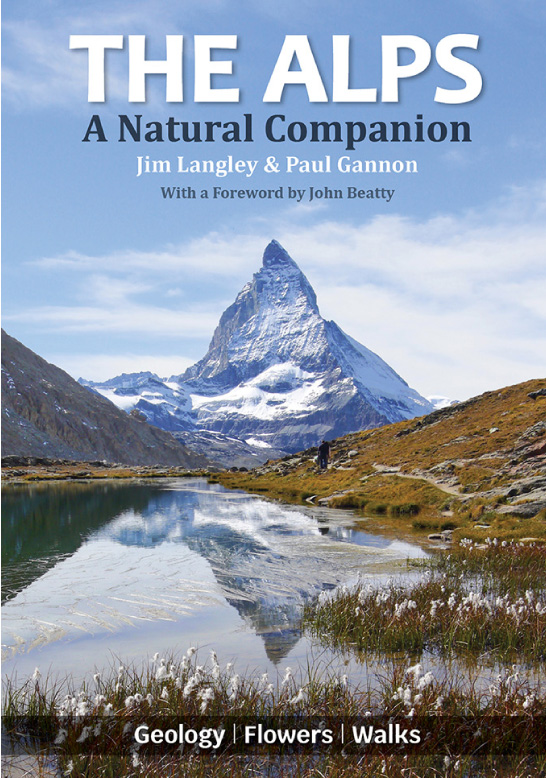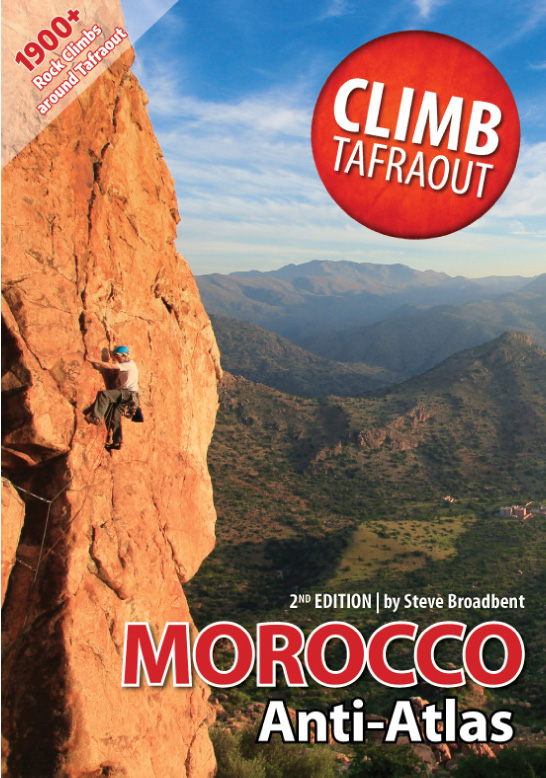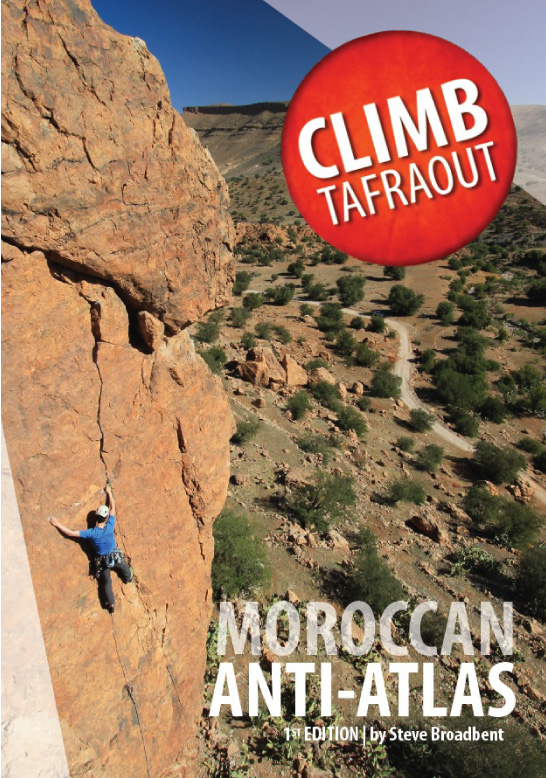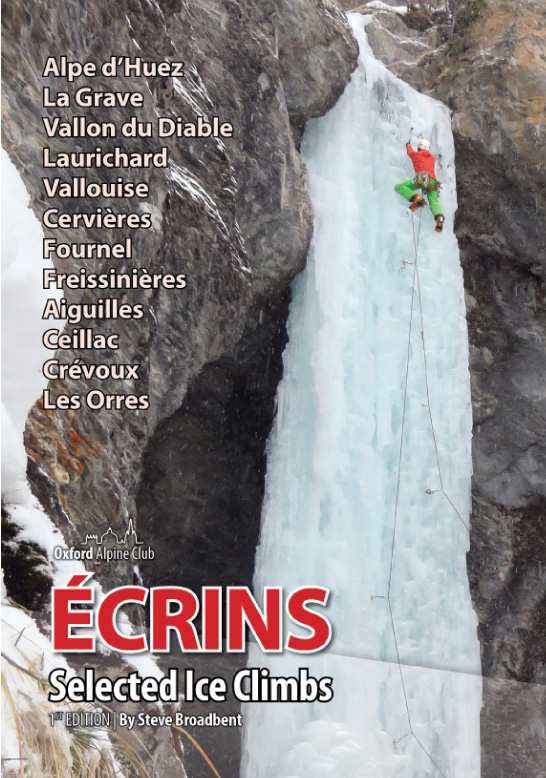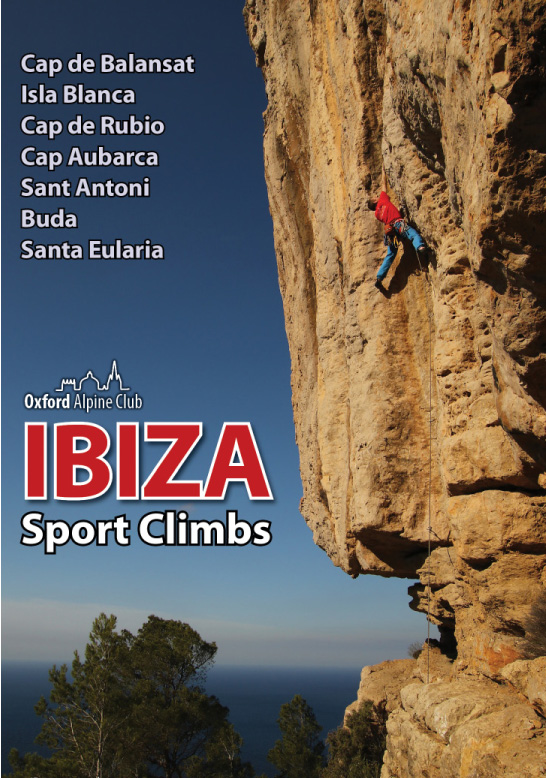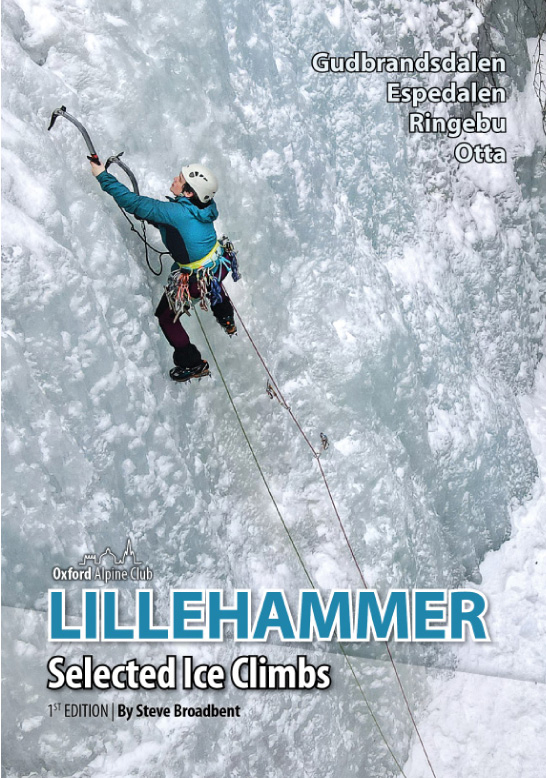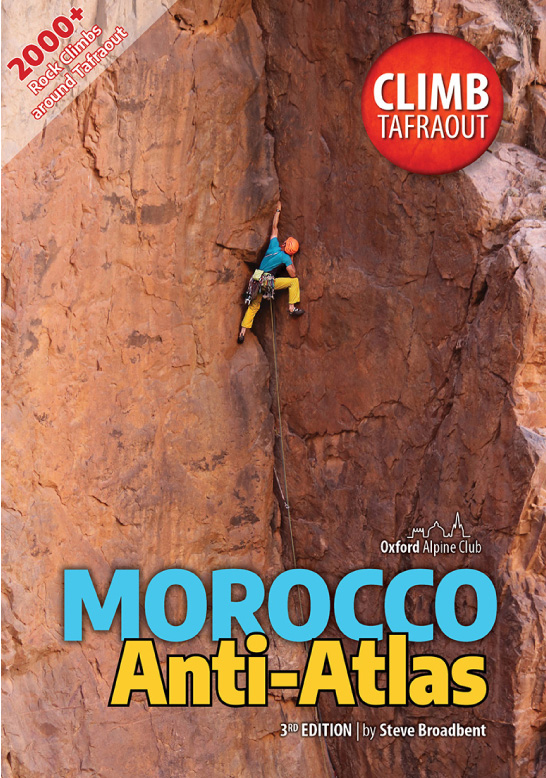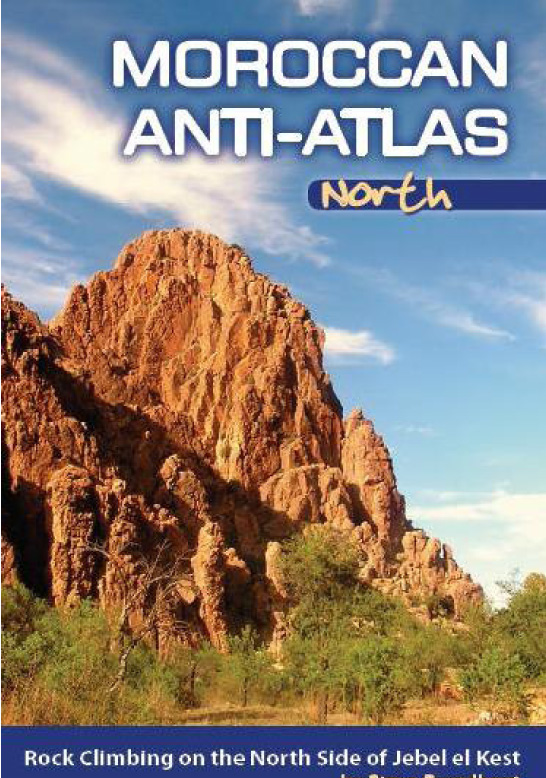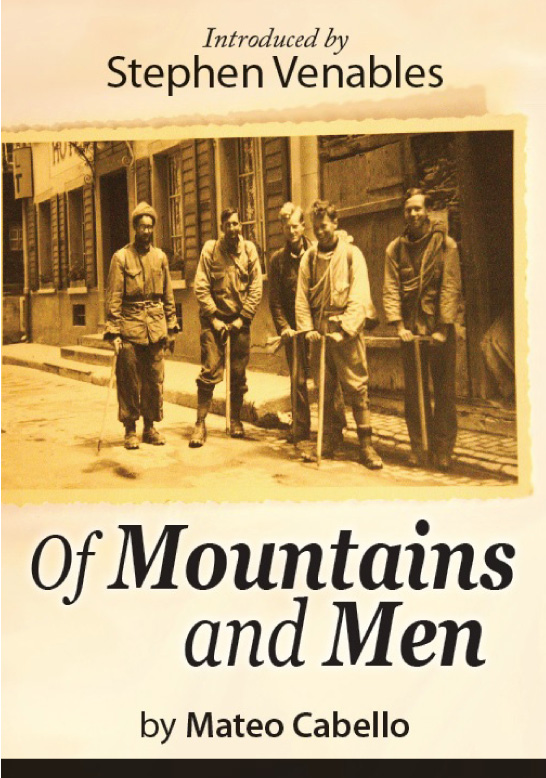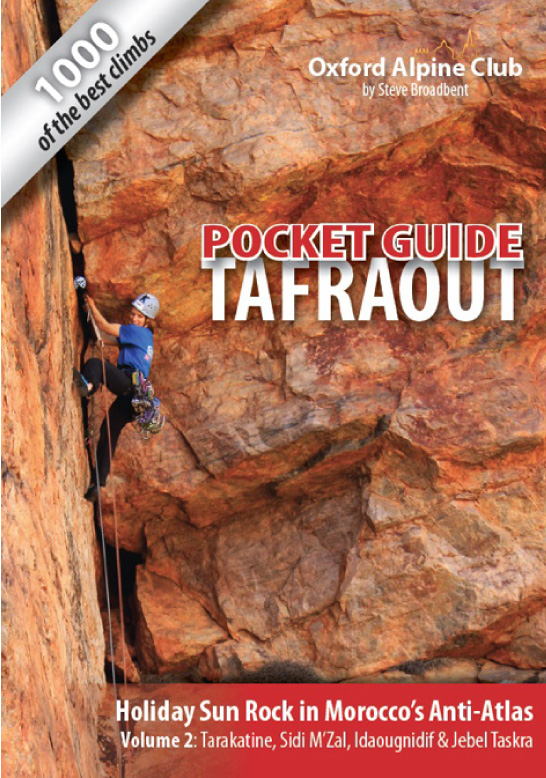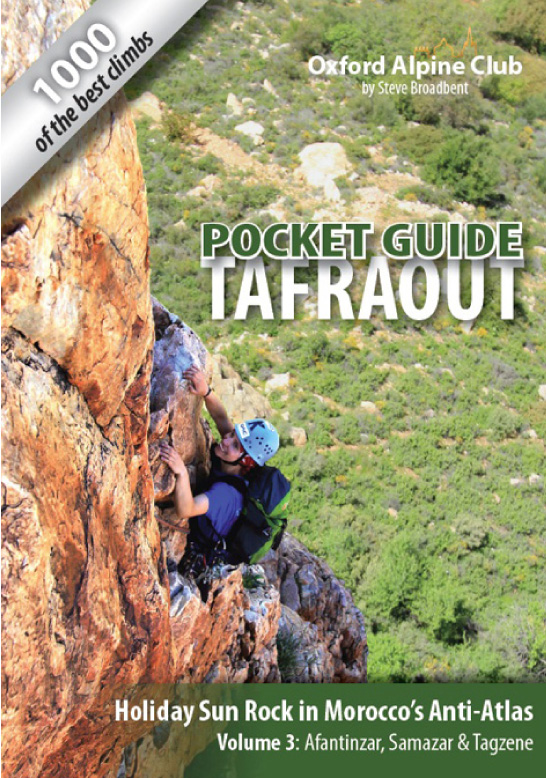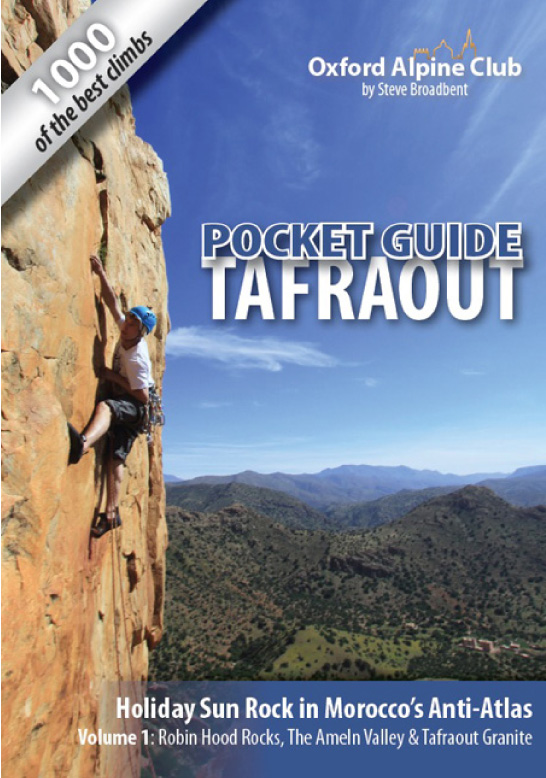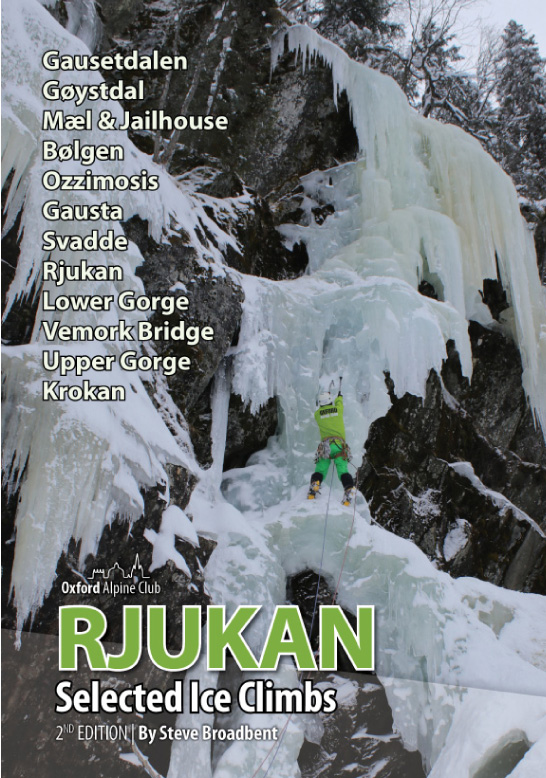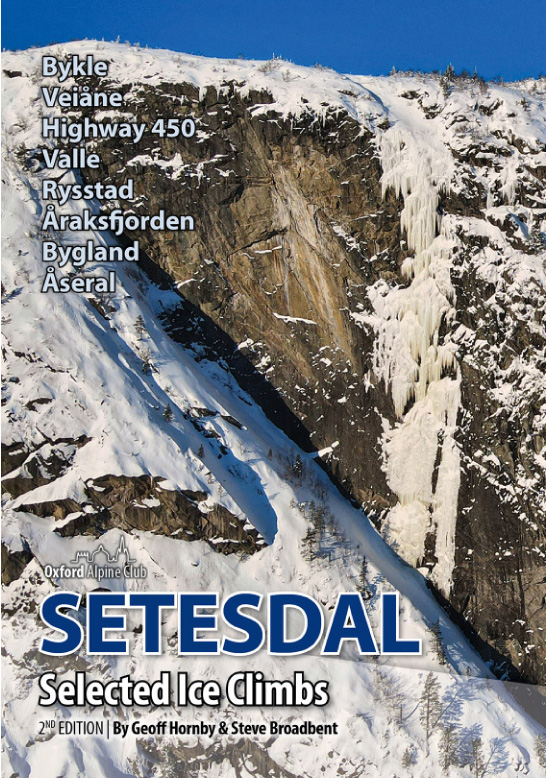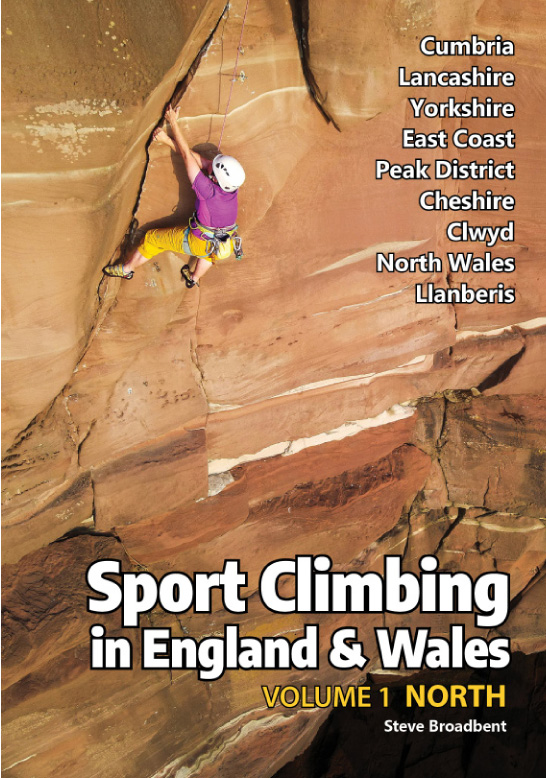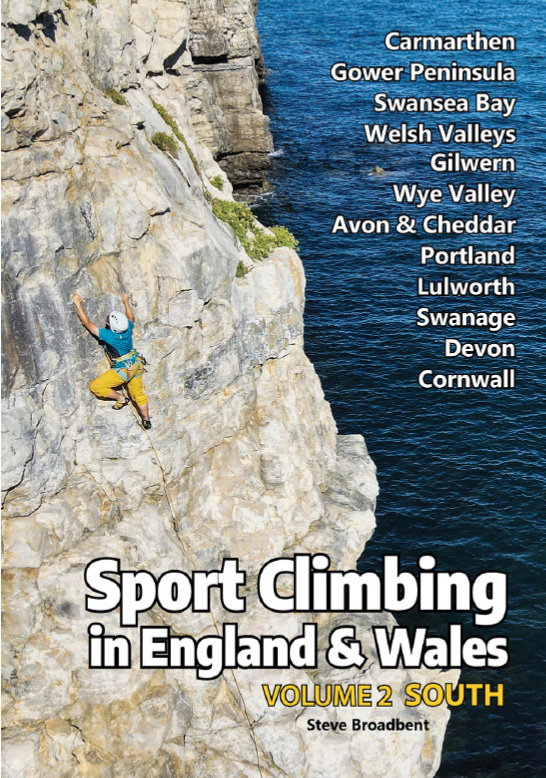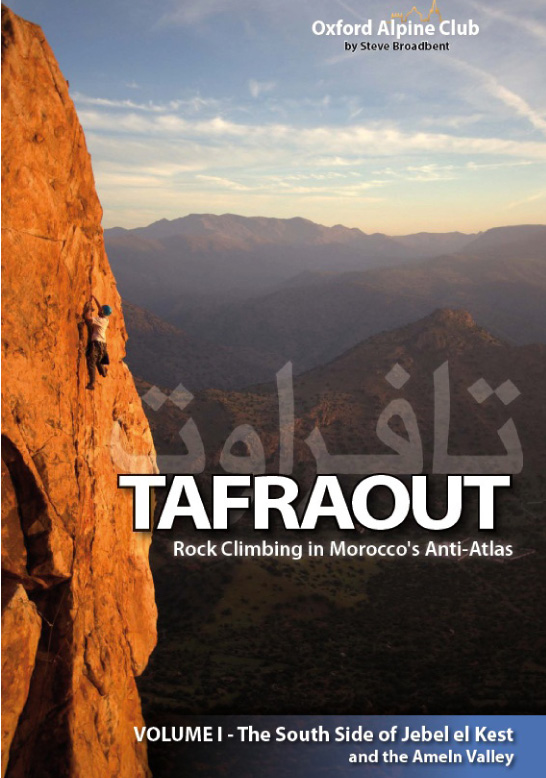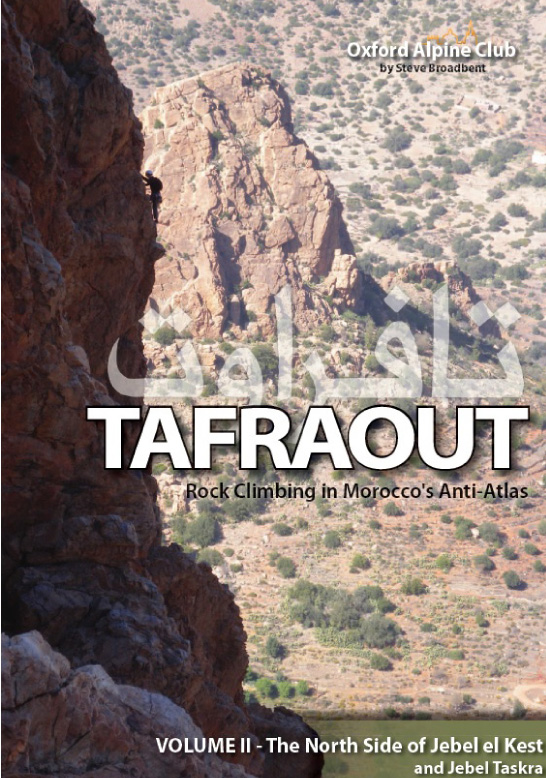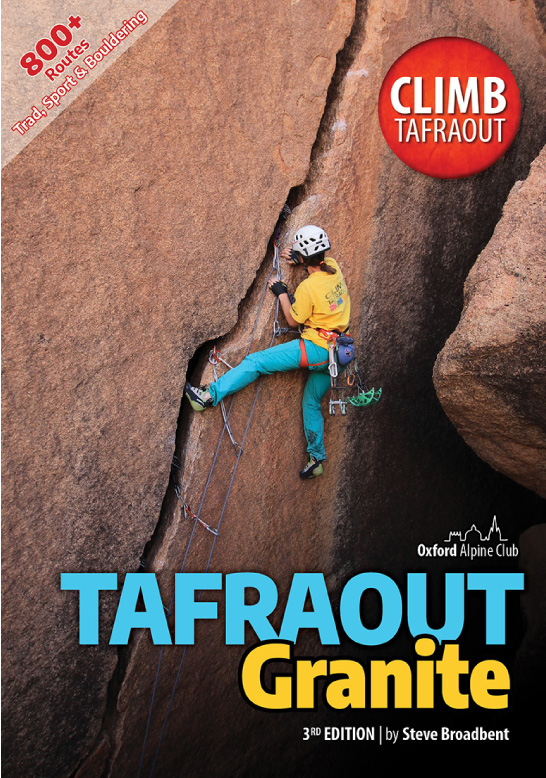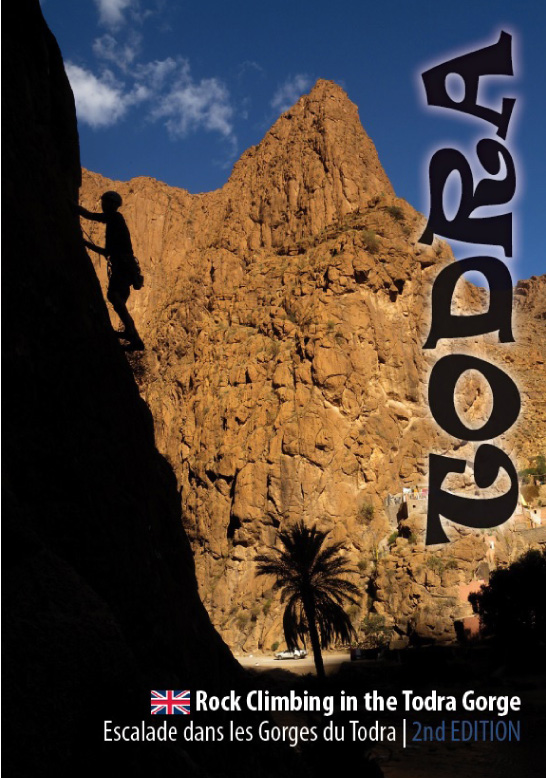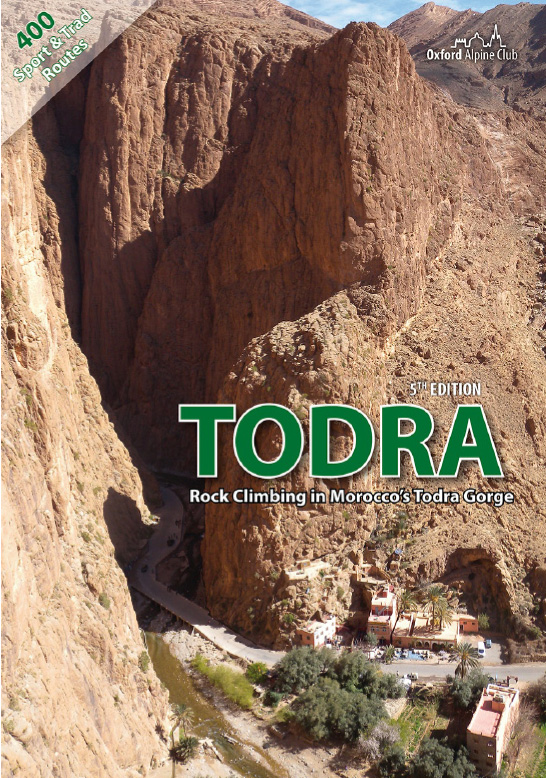History
The Oxford Alpine Club was formed in 1876 by 'members of the Alpine Club who were resident at Oxford University and shared an interest in alpine pursuits'. In 1909 the Oxford mountaineering community divided into the Oxford University Mountaineering Club, for undergraduate members, and the Oxford Alpine Club for alumni of the University. A wealth of archive material concerning the formation of the OAC exists in the OUMC library; members may view this material by prior arrangement with the OUMC librarian, who can be contacted through the
History of Oxford Mountaineering
This film was produced for the OUMC Centenary Ball in 2009, describing a brief history of mountaineering in Oxford.
It comes in four parts, so if only the first part plays then open in YouTube and search for parts 2 to 4!
The History of the OAC
In 1877, a year after the club was officially founded, they produced the first printed list of members. The original rules from 1876 stated that the Club was to consist of “not more than Thirty Resident Members of the University interested in the objects of the Alpine Club.” Candidates who were members of the Alpine Club were admitted automatically, for others admission was by ballot, with one adverse vote in six resulting in exclusion. The club would dine once a year, early in Trinity term, and would have one meeting each year in October. The subscription was set at fifteen shillings, later reduced to twelve shillings and sixpence, and included dinner.
The only reference to the management of the club in the original rules was rule 6: “A Secretary, who shall also be Treasurer, shall be elected annually at the meeting in Michaelmas Term.” There was no provision for a President, nor any kind of committee. Hereford George was elected the first Secretary, and fulfilled this role from 1876 to 1901, when he was elected the clubs first President. He had been running the club for 25 years, and presumably the position of President was created as a tribute to him.
The core of the club during this time consisted mainly of dons, due to the limit of 30 members. There was however nothing in the rules to exclude undergraduates from membership during their studies at Oxford. In fact, two of the founding members were undergraduates, and more junior members of the University were elected to the OAC during its early years. It seems that there were probably always a number of undergraduate members, and it is likely that this number increased in 1883, when the limit of thirty members was removed. In these early days, before the OUMC existed, a keen beginner at Oxford must have felt unusually fortunate to belong to this miniature version of the Alpine Club.
The printed lists of members, produced annually (with the first in 1877) show that the early OAC was at its strongest at the turn of the century, with around 50 members for a few years. The lists are always divided into three sections: Resident Members, Ex-Members, and Other Honorary Members. Not all members who left Oxford appear under Ex-Members, so maybe this was a list of those members who wished to keep in touch with their friends from the club. Very few Ex-Members and Honorary Members actually attended the dinner, and the biggest dinner attendance was in 1901, when 54 members dined. The high turn-out was doubtless due to Hereford George retiring from the post of Honorary Secretary at this dinner. During the 1880’s and 1890’s the average attendance was around 35 including guests.
Very few records survive of the ordinary meetings held each year. A few notices show that the meetings generally consisted of someone, often Hereford George, reading a paper, sometimes accompanied by photos. There was probably very little club business to be dealt with at these meetings, since Hereford had already dealt with most of it. He used to send round circulars to the members, asking for them to inform him if they disagreed with a proposal of his. It seems nobody ever did. For example, in 1879, members were more or less told that the Secretary was sending 5 pounds of the Club’s money “to the relief of the sufferers by the great fire which recently almost destroyed Meyringen”. In 1883, two changes to the rules were agreed by post, and in 1892 members were severely rebuked for failure to attend afternoon tea before the annual dinner. Afternoon tea was therefore discontinued.
In 1901, Hereford George handed over the job of Honorary Secretary, however the members lists fail to record who fulfilled this role. In 1905, F.F. Urquhart took over, however the handwriting of the 1901-1905 Secretary is not his. Urquhart ran the club until 1924, with A.D. Godley taking over as President in 1912.
Arnold Lunn, a student at Balliol, joined the Oxford Alpine Club in 1908, so he was certainly a member of the OAC before founding the Oxford University Mountaineering Club. There is sadly no mention of him in the OAC archives, except for the printed members lists.
The records for the following years are few and far between. The dinner of 1914 was the last meeting of the club until after the War, during which the OAC was suspended. The OAC was in suspense until 1920, when the club restarted the annual dinner. This first Post-War dinner was naturally a small one, and was repeated each year until 1924. 32 people dined in 1922, and judging by the cost recorded in a small account book, the 1923 dinner was equally well supported.
It seems then, that the Oxford Alpine Club was recovering from the war. It is strange therefore, that the 1924 dinner was the immediate prelude to the club ceasing to exist. After the war, there were few dons who were climbing actively, and the OAC President of the time concluded that “there was no place for two Clubs”, and decided to dissolve the OAC in the latter half of 1924 in the hope that this would help strengthen the OUMC.
By 1934 it had become clear that A.D. Godley was mistaken in his belief that dissolving the OAC would somehow help the OUMC. The re-foundation of the OAC was largely due to A.M. Binnie, a Cambridge man who had been a member of the Cambridge Alpine Club since 1928. He along with three others, wrote to around eighty potential members, and arranged a meeting to found the club, followed by a dinner. By the time the meeting was held, 38 had accepted membership, and 22 attended the meal. In typical OAC tradition, little time was wasted on procedural matters, due to the imminence of dinner.
Under the new rules, the Club was to be composed of “resident and non-resident members of the University of Oxford (other than undergraduates in residence) who are interested in mountaineering”. Non-resident members easily outnumbered residents, and the OAC dinners were also reunions for former OUMC members, as is the case today.
The Second World War again brought about a pause in the activity of the club. Before the end of the war, Binnie found that he would be moving to Cambridge before the OAC could be revived, and so he left the minutes book and archives, along with instructions for running the club, to Rev. J.M. Thompson. However by 1948, Thompson had not revived the club, and feeling out of touch with the younger generation, he passed the responsibility to A.D.M. Cox. It took David until 1952 to finally restart the club, during which time it had nearly reformed itself by a group with no knowledge that it already existed. David sent out details of a dinner to everyone on the 1938 list of members, and many others who were likely candidates.
The dinner was held in the hall of Brasenose, with 38 members and guests attending. The constitutional difficulties occurring from the fact that many of those attending were not even members was dealt with by someone proposing that all those present should be elected. This was carried without discussion, with the result that technically, eight or nine guests, the majority of whom were from Cambridge, became members and those eligible who could not attend were not! This was rectified the following year when an authoritative list of members was produced.
The original OAC, although the annual dinner was its main function, also held one other meeting per year at which lectures were given; and another important role it fulfilled was to give undergraduate climbers an occasion at which they could get to know much more elderly mountaineers from whose advice they might benefit. In 1952 there was “great emphasis on the essential characteristic of the Club being that it should do nothing whatever except hold a very good dinner once a year”. More recently, in addition to the dinner at the end of Hilary term, the OAC has held a meet in the Lake District in September, which has been as well, if not better attended than the dinner.
The unwritten rule that the OAC dinners do not have speeches has been broken on two exceptional occasions; the first when Herbert Carr, the re-founder of OUMC after the First World War attended as a guest of the OAC, and the second when Arnold Lunn, the original founder of OUMC attended. For some years in the seventies and eighties a distinguished guest was invited in addition to the OUMC President, and this guest spoke briefly, but not at sufficient length to alter substantially the Club’s tradition of merely dining.
At the AGM of 1976, exactly 100 years after the original OAC was founded, a member raised the question of extending membership to ladies. The time was not yet ripe, and it was not until 1982 after a ballot of all members ladies were admitted on the same terms as men. The only serious anxiety being expressed was that it might result in mountaineering husbands bringing non-mountaineering wives to the dinner, or vice-versa. Account was taken of this in wording the new rule, and in 1983 Sally Westmacott was the first lady to dine, as a guest, with the Club. By 1984 no lady member had been elected, but four ladies had attended as guests, including the official guest, Elizabeth Jolley, the first lade President of the OUMC.
Since David Cox wrote his history in 1984, traditions have changed little. The OAC still dines each year at the end of Hilary term. Members have also had the pleasure of attending a meet in the Lake District in September, go against the tradition that the OAC does not actually do any climbing! Members are extremely grateful to Alan and Janet Wedgwood, and Michael and Janet Hornby for hosting this meet.
Only the accident that two letters from Geoffrey Young to Binnie in 1942 have been preserved prevent the OAC from being able to claim a continuous, if sometimes moribund, existence since 1876, when the Alpine Club itself was less than twenty years old. But both the names and traditions of Hereford George’s Oxford Alpine Club of 1876 have been handed on the present club. The only real change in 133 years is the change implicit in the rules of 1934, when they laid down that the Club should be composed of resident and non-resident members of the University, allowing it to act as a way for those who have left Oxford to keep in touch.
Looking for OAC guidebooks?
Need to get in touch?
